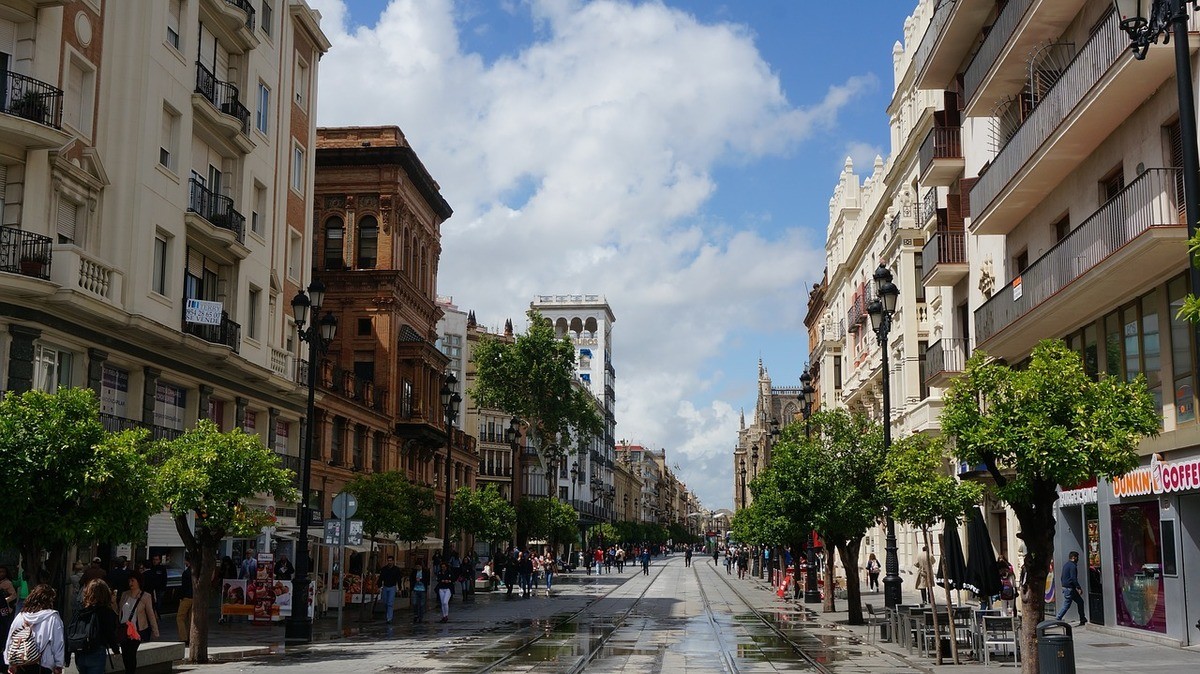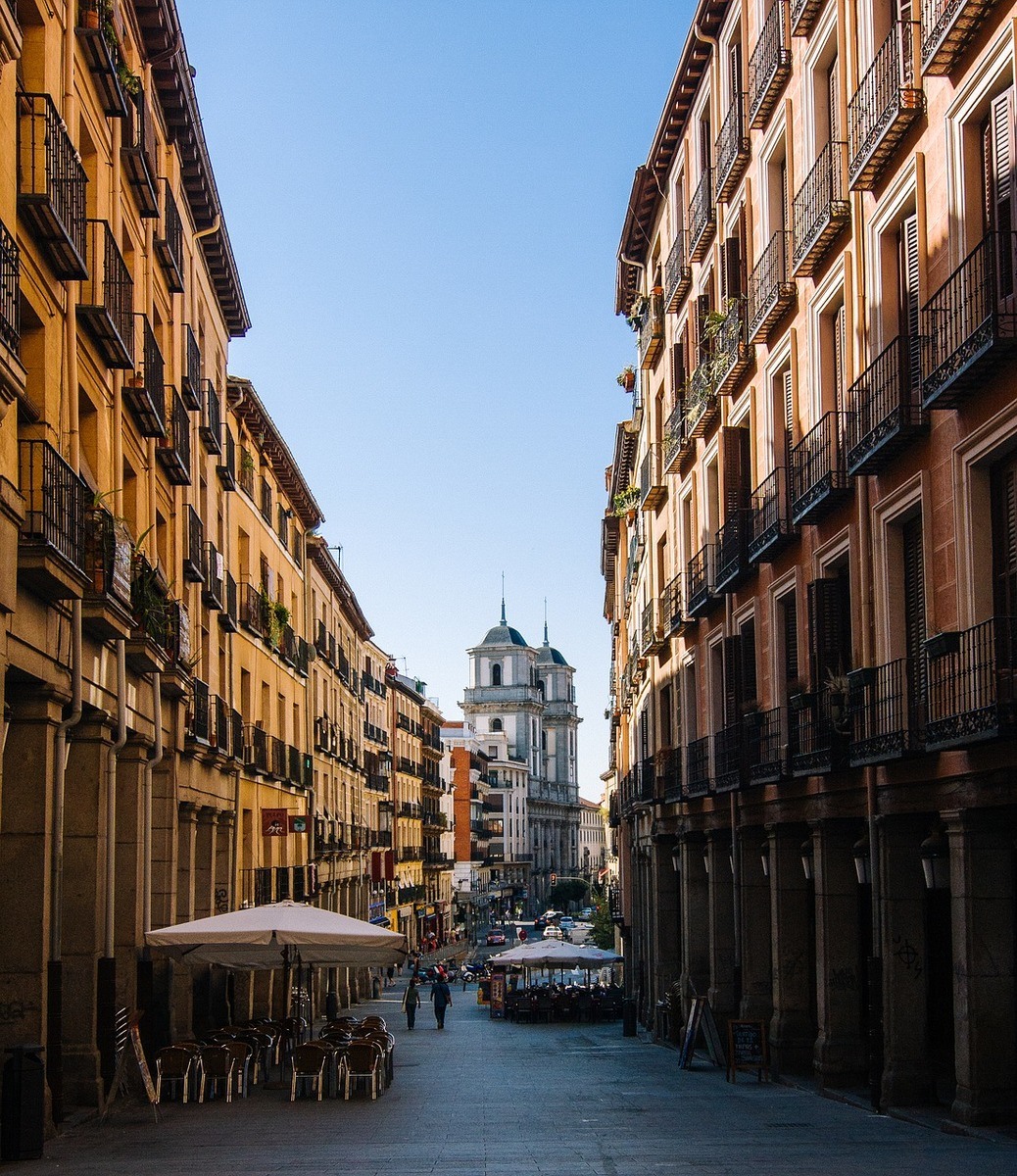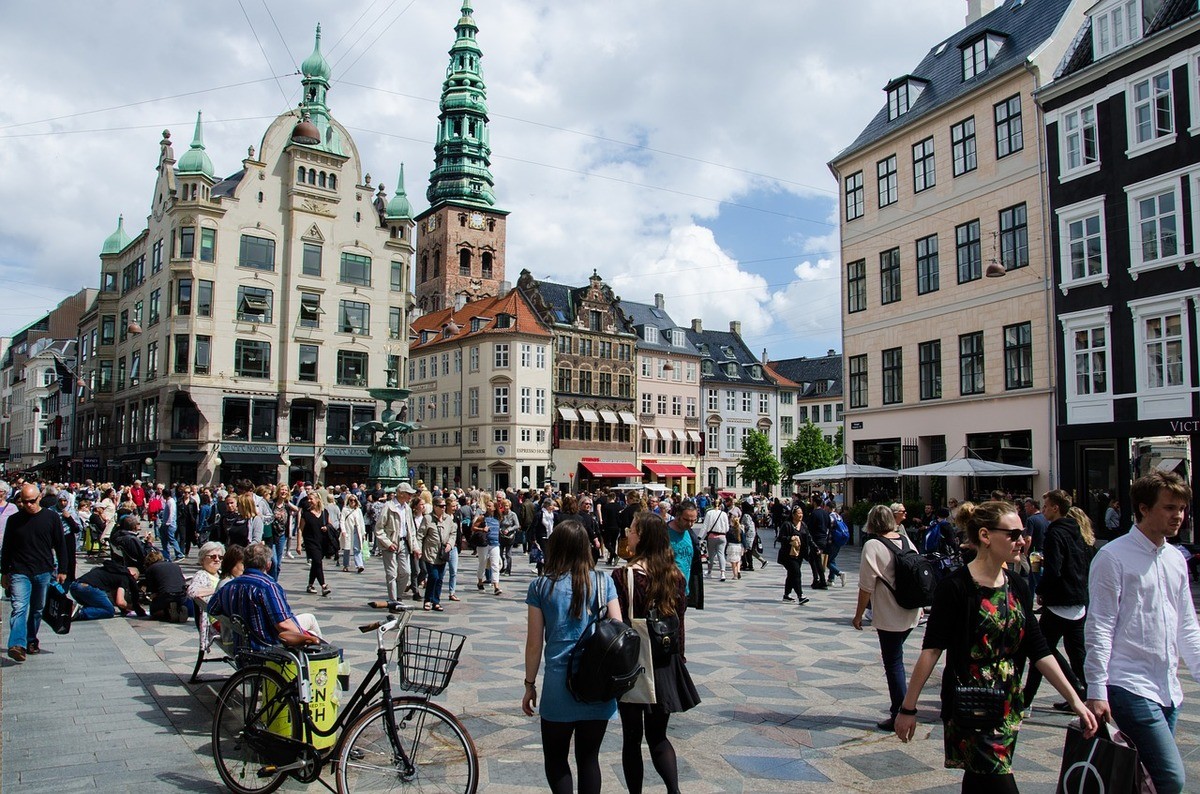
How cities around the world are being re-designed for a car-free future
Imagine if all the roads in your neighbourhood were turned over to pedestrians or converted into green space for picnic-ers or children’s playgrounds. It may sound like a far-fetched utopian vision, but it’s not so distant from reality in many of the world’s biggest cities.
Imagine if all the roads in your neighbourhood were turned over to pedestrians or converted into green space for picnic-ers or children’s playgrounds. It may sound like a far-fetched utopian vision, but it’s not so distant from reality in many of the world’s biggest cities.
Many cities in Europe and Asia are starting to realise that our dependence on cars is hurting our health and wellbeing, and making it harder – not easier – to get around. Sydney workers spend three weeks sitting in traffic every year, and the average travel speed on Melbourne’s freeways has dropped to under 50km/hour in the morning peak.
Reducing the number of cars on our roads not only reduces congestion and pollution. It also opens up more public spaces for local communities, encourages active modes of transport, and improves public safety. Innovative urban planning and policy making, an investment in walking and cycling infrastructure, reliable public transport and access to car-sharing services like Uber Carshare are essential to making car-light cities a reality.
Barcelona

Barcelona’s ‘superblock’ system groups the city into mini communities, with cars only permitted in the peripheries of each superblock. Under this design, nine square blocks are clustered together into one superblock with existing infrastructure repurposed to “fill our city with life”. The plan aims to reduce traffic by 21% and free up nearly 60% of streets to be turned into public spaces.
Paris

With the pollution in Paris so bad that to live there is the equivalent of smoking 183 cigarettes a year, reducing car use is a huge priority for Paris Mayor, Anne Hidalgo. Recent approaches to discouraging cars have included banning cars with even-numbered plates and having a monthly car-free day along major roads. Future plans involve doubling the number of bike lanes in the city, banning diesel cars, and restricting some busy streets to electric or low-emission vehicles.
Madrid

Madrid has a designated car-free zone, which covers the whole of the city centre, with only local residents’ cars and zero-emissions delivery vehicles, taxis and public transport allowed. There are also plans to completely pedestrianise Gran Vía, a six-lane highway running through the city centre. A nine-day trial of a car-free Gran Vía saw local shop owners report a 15% increase in business. The city also uses smart meters to charge polluting cars more for parking: hybrids pay less, electric vehicles park for free, while diesel cars pay a premium. "We thought it would be fair if the cars that pollute more pay more, and compensate those who use more efficient vehicles," said the head of Madrid’s sustainability division Elisa Barahona.
Chengdu
Scheduled for completion in 2021, the new Chinese satellite city of Great City Chengdu has been purpose-designed to be sustainable and car-less. The city is designed around a central transit hub with the distance between any two points in the city just a 15 minute walk. The central hub will also provide public transport links out of the city to surrounding areas. Plans for the city also reserve 15 percent of land for parks and green spaces, and plenty of pedestrian and bikes paths.
Copenhagen

Copenhagen has been leading the charge for car-light living since they first pedestrianised the main street, Strøget, in the 1962. Over the following decades, pedestrian zones have slowly spread so that the city now has over 96,000 square metres of car-free space. Today Copenhagen has over 320 kilometres of bike lanes, and in the city centre 80% of journeys are made on foot and 14% on bike. Over half of the city’s population get to work by bike every day, and bike usage is set to increase even further with the development of 28 bike superhighways planned over the next few years. All of this has led to Copenhagen enjoying one of the lowest percentages of car ownership in Europe.
What about Australia?
With about 63% of Australians commuting by car, only 10% by public transport and 5% by foot or bike, there’s a lot of work to be done to encourage car-free living in our major cities. There are some positive moves: Melbourne is considering following Barcelona’s superblocks example to prioritise cycling and walking over cars. This would free up valuable space for public use, with 61% of Melbourne’s grid currently taken up by roads and parking.
Sydney is also beginning to embrace car-free spaces, with the development of the Inner West GreenWay. The 5.8 kilometre car-free corridor features walking and bike paths as well as open public spaces and connections to existing popular trails.
At an individual level, we’re seeing a trend towards a model of access over ownership when it comes to cars. Membership of car-sharing services in Australia is rapidly increasing as more people turn away from car ownership. Uber Carshare’s membership has grown over 50% throughout 2019, now sitting at over 165,000.
Having easy access to cars through car-sharing makes living without a car possible. Most Uber Carshare members only drive once every 3 months or less, choosing more sustainable modes of transport the majority of time and only driving when they really need to. Convenient access to cars through car-sharing, along with continued investment in public transport and cycling infrastructure, will see fewer cars on our streets and more space available for healthier and less polluting activities.
We might not see all our streets converted to public spaces anytime soon, but by building Australia’s biggest neighbour-to-neighbour car-sharing community we’re creating cleaner, greener, better neighbourhoods and working to reduce our dependence on cars.








